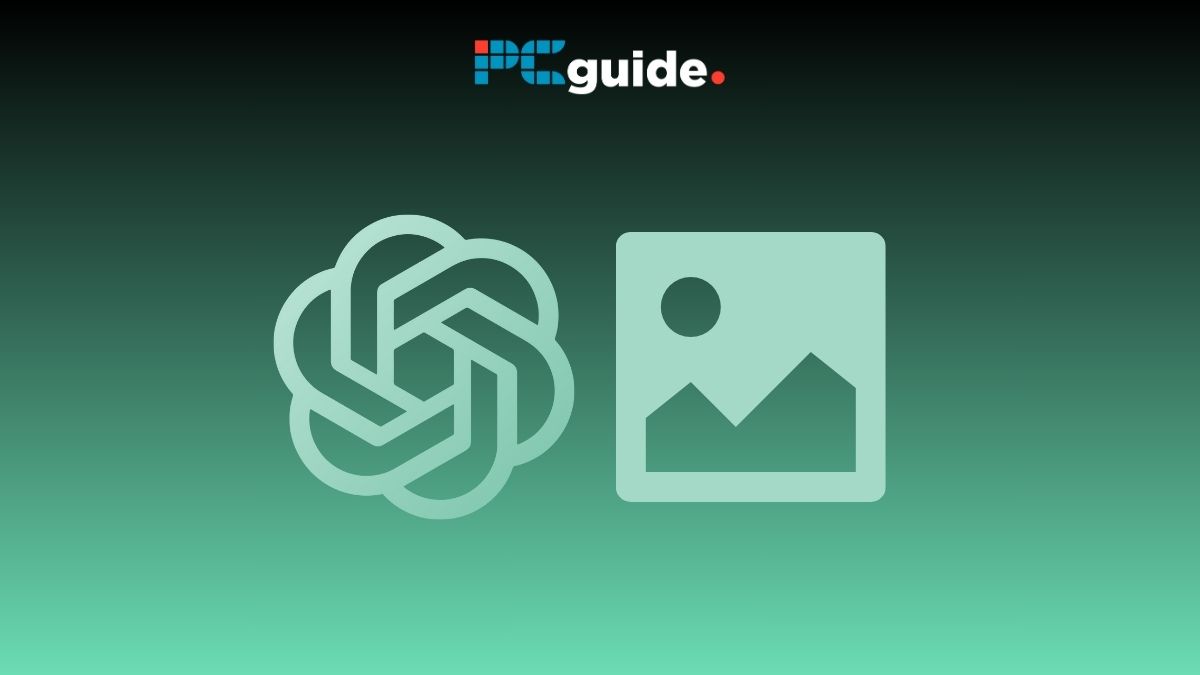Can ChatGPT analyze images? Yes, here’s everything you need to know

Table of Contents
GPT-4 (Generative Pre-trained Transformer) is fully equipped to understand and interpret visual information. Whether you need to transcribe text from an image or count how many grains of rice are in your pan, computer vision is a fresh new frontier we get to live through in real time. In this article, we'll explain how the latest version of OpenAI’s flagship AI tool, ChatGPT 4.0, can analyze images and the benefits that this brings with it.
Understanding images
ChatGPT doesn’t just see a collection of pixels when you input an image. It achieves a higher level of image recognition, which can perceive objects, shapes, and colors within an image input. It can detect patterns and extract meaningful information from visual data using advanced neural networks.
OpenAI’s GPT-4 is integrated into Microsoft’s own AI chatbot, Bing Chat, meaning you’ll find the image capabilities over there too! In fact, many third-party apps use the GPT-4 model through OpenAI’s API. As a result, this multimodal functionality is becoming much more common.
Identifying objects
One of its remarkable capabilities is recognizing objects in images. ChatGPT can identify objects like cars, animals, fruits, and more by analyzing various visual features such as edges, textures, and colors.
This ability allows the language model to provide accurate descriptions and answer questions about the content of an image.
Describing images
Not only can ChatGPT identify objects, but it can also describe them in detail. For example, from a picture prompt of a sunny beach, ChatGPT can generate a vivid description:
“You are looking at a beautiful beach with golden sand, crystal-clear blue water, and palm trees swaying in the gentle breeze.” This enables it to provide rich textual information based on your shared images. This also works for diagrams, screenshots, photographs, and any other form of visual data you can think of!
Essential AI Tools
Understanding context
The ChatGPT image analysis feature goes beyond simple object recognition. ChatGPT can also understand the context of images by recognizing relationships between objects.
For instance, from a picture of a person holding an umbrella under heavy rain, the AI can infer that it is likely raining outside. This contextual understanding allows the language model to provide more accurate and relevant responses.
Interpreting Facial Expressions
Another fascinating aspect of ChatGPT’s new image analysis feature is interpreting facial expressions. ChatGPT can determine if a person in an image is happy, sad, surprised, or any other emotion by analyzing facial features such as the position of the eyes, mouth, and eyebrows. This ability pushes the boundaries of ChatGPT’s human interactions and enables it to respond accordingly.
Application of image analysis
The ability of ChatGPT to analyze images has numerous potential applications. Here are a few examples:
Content moderation
It can help identify and flag inappropriate or offensive content in images, assisting in maintaining a safe online environment. This is especially important on platforms such as blogs, social media pages, and other public forums.
Visual question answering
You can ask ChatGPT questions about the content of an image, and it can provide relevant answers, making image-based information more accessible. This could be hugely useful when trying to interpret graphs or large datasets when descriptive text outputs could help you answer a question about the data or simplify the process of understanding what trends you are seeing.
Image captioning
It can generate descriptive language captions for images, benefiting visually impaired individuals and enhancing the overall user experience.
Visual assistance
It can provide helpful guidance and instructions with its image analysis. For example, from a picture of a complex machine, ChatGPT can explain how it works or provide troubleshooting advice.
ChatGPT alternatives to analyze images
VFM (Visual Foundation Model) is an alternative AI model built for image classification. It is ideal for object detection, and scene identification. It also has natural language processing (NLP) capabilities like ChatGPT.
How accurate is ChatGPT in image analysis?
ChatGPT strives to provide accurate image analysis. However, it is important to note that the accuracy can vary depending on factors such as image quality, complexity, and the availability of relevant training data.
While the program aims to provide the most accurate analysis possible, occasional errors or misinterpretations may occur. GPT-4 exhibits similar capabilities as Bing Chat and Google Bard, except the the latter two are the biggest search tech giants on earth, with unbeatable access to image tagging – sets of data that will better their artificial opinions beyond ChatGPT over time.
Can ChatGPT analyze images? Conclusion
ChatGPT has the remarkable ability to analyze images, allowing you to perceive and interpret visual information. From identifying objects and describing images to understanding context and interpreting facial expressions, its image analysis capabilities open up possibilities. With applications ranging from content moderation to visual assistance, ChatGPT’s image analysis brings numerous benefits to various fields. Some LLMs (Large Language Models) are limited to text-only inputs, and in that way, ChatGPT is a more advanced alternative.
However, ‘visual ChatGPT’ is not the way to go for creating images. Midjourney, DALL-E, and if you’re already au fait with programming, Stable Diffusion all represent great options. To be clear, these last three suggestions are purely text-to-image (also known as image generation) AI products, and lack the NLP (Natural Language Processing) abilities of ChatGPT.
So, pick your poison! There are plenty of useful AI models out there for whatever your use case.
